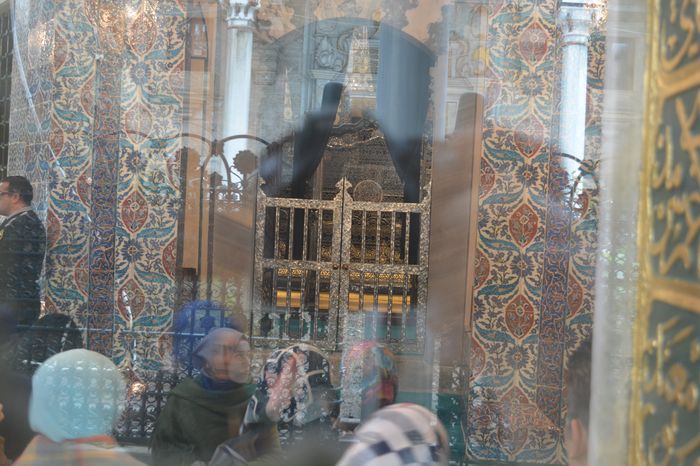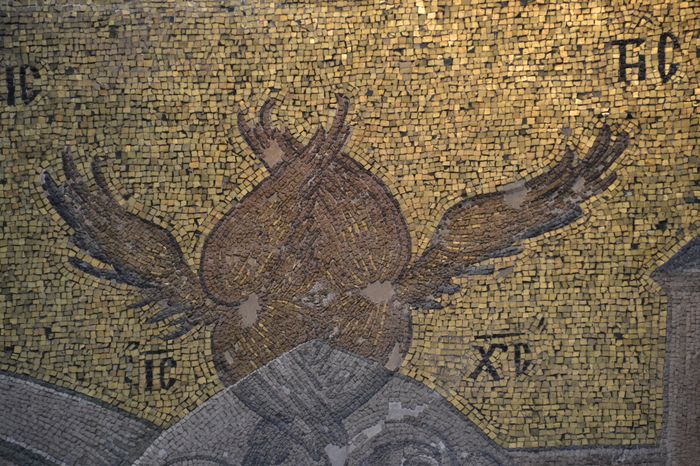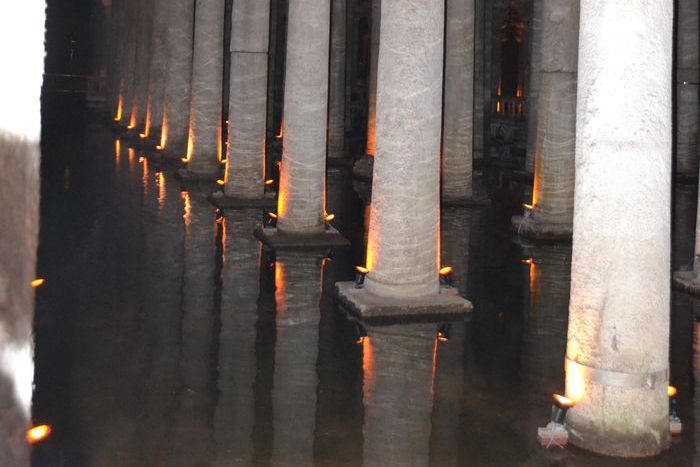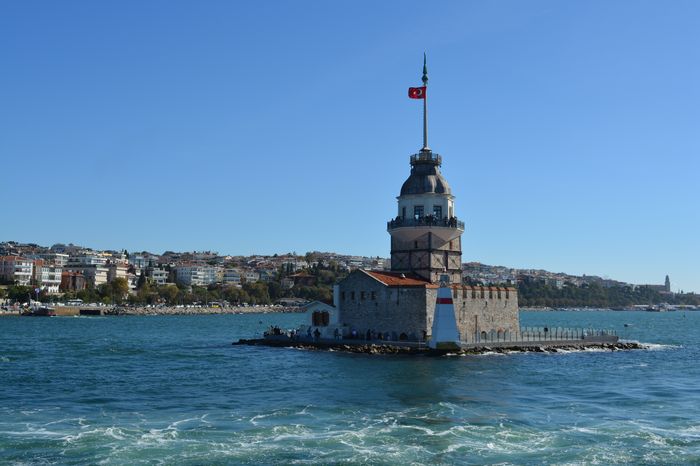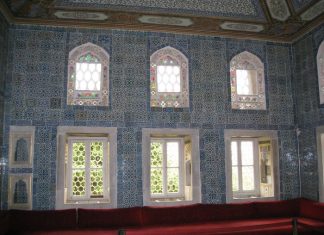In the barracks after the run they had time only to splash their faces and bodies with water, the soldiers at a long trough that ran down the side of the building, and the officer candidates at the copper basins in their cubiculae. Then they trooped through to the triclinium if so large a hall could be called simply a chamber for dining and wolfed down a hearty morning meal, since noonday would bring only a husk of bread, some cheese and perhaps a little fruit.
After breakfast came interminable hours of marching and countermarching, as they learned to move in a unit without obstructing each other. Then followed practice in javelin throwing and in handling the francisca, the terrible battleaxe which the Franks had introduced into warfare and from which their name had been delived. This lethal weapon thrown by men skilled in its use, or wielded simply as a battleaxe had at first almost decimated the close files of the Roman legions in the early Gallic campaigns. Largely because of it, the legions now fought in a much more open formation and their shields, or scutae, had been modified into a half cylindrical pattern, so the blades would glance off them.
Another period of instruction followed in the use of pilum and gladius. The first was a throwing and thrusting spear taller than the man who wielded it; the latter, a sword about as long as a man’s forearm and hand with a broad and heavy blade. Thrown or thrust by a strong man, the pilum could penetrate the stoutest armor, while in close fighting, the blade of the gladius could sever an arm or a leg.
For instruction in the military arts, Constantine was placed at first among the velites, made up largely of youths not yet seasoned enough to fight in the front lines of the legions, a place reserved for the superb human fighting machines called the hastati. The troops were further divided for purposes of maneuvering into maniples, with twelve files and ten ranks in all one hundred and twenty men to the unit with a battlewise centurion, or sometimes two, commanding each of them.
The time of Julius Caesar
In the classical battle formation, as evolved to perhaps its highest point of efficiency in the time of Julius Caesar, one maniple of each classification hastati in front, the seasoned troops called prin cipes second, and a third line made up half of triarii, veteran reserves fighting their last campaigns, and young velites who could profit by the presence of such experienced warriors functioned as a unit, the cohort, or battalion, amounting to four hundred and twenty men. Ten such cohorts could make up an army, though normally twenty were used, combined with nine hundred cavalry into a selfsustained unit of about ten thousand men.
Read More about Increased immeasurably under the rigorous training
